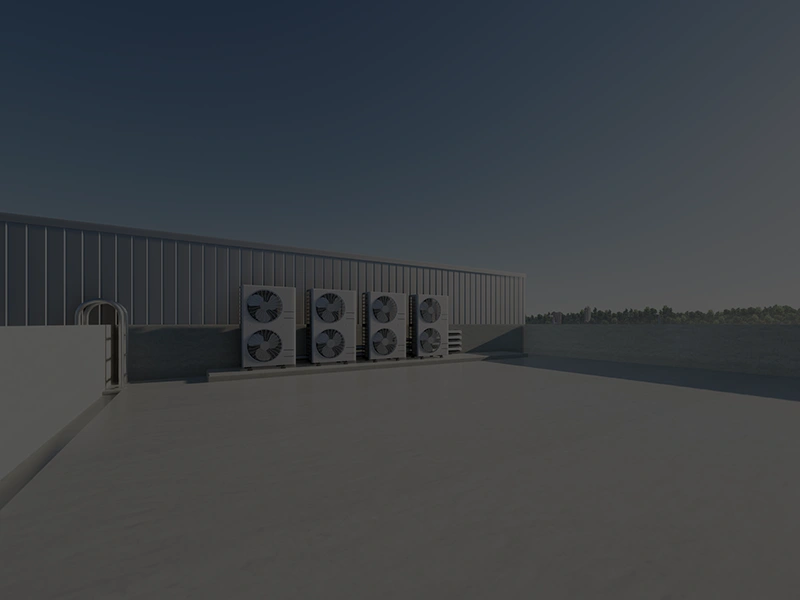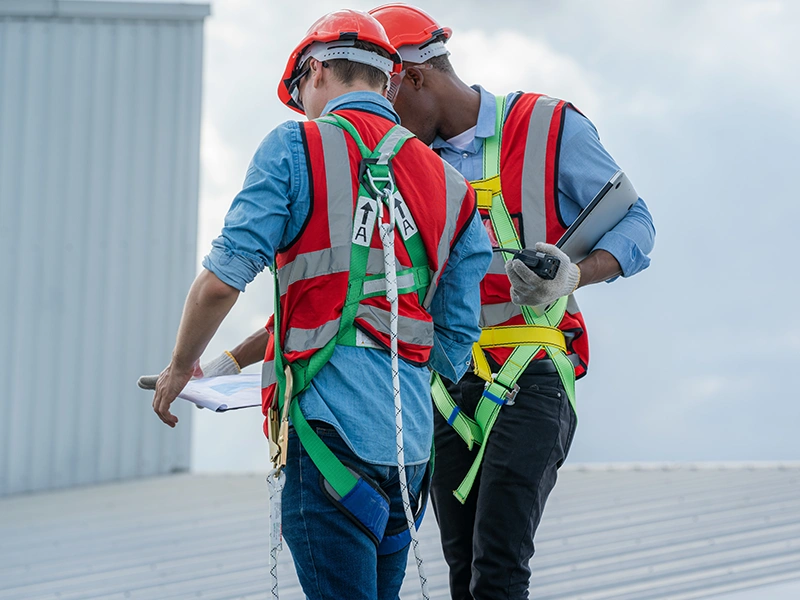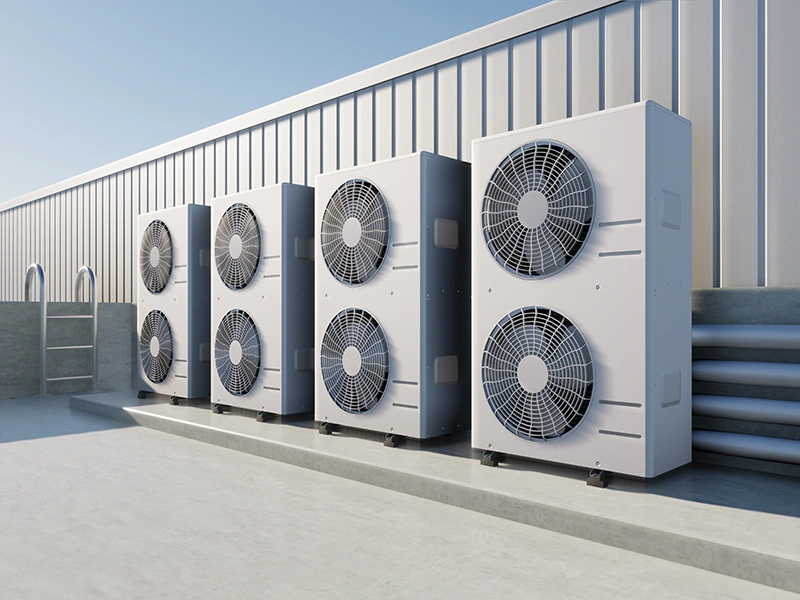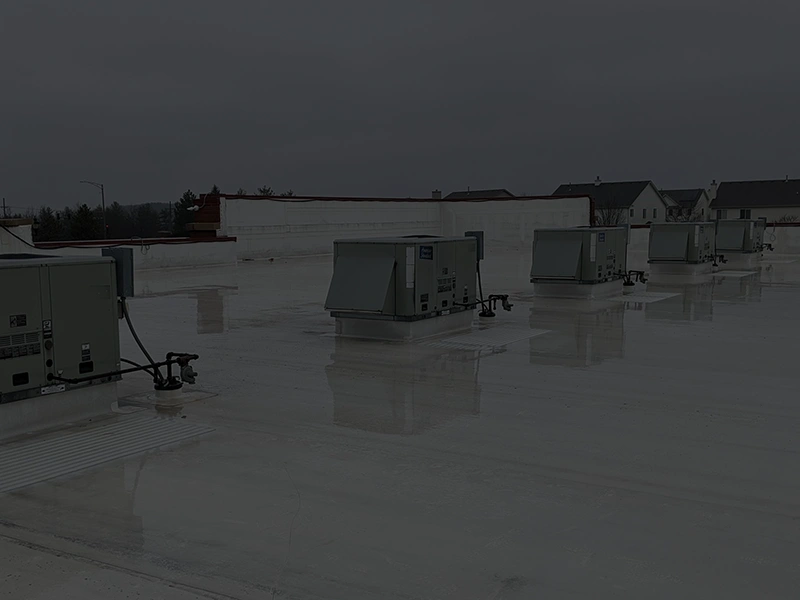How Long Does It Take: Commercial Roof Restoration Vs. Roof Replacement
For business owners and property managers, deciding between commercial roof restoration and roof replacement involves several factors, with the project’s duration being a crucial consideration. The timeline for either process can significantly affect business operations, budgeting, and planning. This blog post delves into the timeframes typically associated with commercial roof restoration and replacement, offering insights to help make informed decisions.
Understanding Commercial Roof Restoration
What Is Roof Restoration?
Roof restoration involves repairing minor damages, cleaning the roof surface, and applying a protective coating or membrane to extend the roof’s lifespan. This process can address issues like leaks, wear and tear, and UV damage, preventing the need for a full roof replacement.
Timeframe for Roof Restoration
The duration of a commercial roof restoration project can vary based on several factors, including the roof size, the extent of repairs needed, and weather conditions. However, a general estimate is that roof restoration can take anywhere from a few days to two weeks.
- Preparation and Repairs: Initial steps such as inspecting the roof, performing minor repairs, and preparing the surface are relatively quick, usually completed within a few days.
- Application of Coating: The application of the protective coating or membrane, along with the curing time, can extend the project duration. This phase might take several days, depending on the roof’s size and the materials used.
Factors such as the building’s accessibility, the complexity of the roof layout, and weather conditions can also influence the project’s timeline. However, restoration is typically faster than a full replacement, resulting in minimal disruption to business operations.
Deciphering Roof Replacement Timelines
What Entails a Roof Replacement?
Roof replacement involves stripping the existing roof down to the deck and installing a new roofing system. This process is necessary when a roof is beyond repair or at the end of its service life.
Timeframe for Roof Replacement
The timeframe for a commercial roof replacement is generally longer than for restoration, often taking several weeks to a few months to complete. Key factors affecting the timeline include:
- Size and Complexity: Larger roofs or those with complex designs and multiple penetrations (such as HVAC units, vents, and skylights) require more time.
- Removal of Existing Materials: Stripping the old roofing materials is labor-intensive and time-consuming.
- Weather Conditions: Roof replacements are more susceptible to delays due to weather, as the building is exposed during the process.
- Installation of New Roofing System: The type of roofing system being installed also impacts the timeline. Some systems, such as built-up roofs (BUR), may take longer due to the layers involved.
Given these variables, it’s crucial for businesses to plan for a longer project duration and potential disruptions when considering roof replacement.
Comparing Timelines: Restoration Vs. Replacement
Why Restoration Is Generally Quicker
Roof restoration is less invasive and more straightforward than a full replacement. Since the existing roof structure remains largely intact, and the work is focused on the surface, the process is faster, less labor-intensive, and can often be done without disrupting business operations significantly.
Scheduling and Business Impact
The quicker turnaround time of roof restoration is a significant advantage for businesses looking to minimize downtime. For operations sensitive to disruptions—such as manufacturing facilities, retail stores, and schools—restoration can be a more appealing option. Roof replacement, with its longer timeline, may require more extensive planning, including temporary closures or finding alternative workspaces.
Planning for Your Roofing Project
Regardless of the chosen method, planning is key to minimizing the impact on your business. Consider the following:
- Consult with Professionals: Engage a reputable roofing contractor early in the process to assess your roof’s condition and discuss the best course of action.
- Timing: Schedule the project during a period that’s typically slower for your business, if possible, and consider weather patterns in your area.
- Communication: Keep employees and customers informed about the project timeline and any potential disruptions to operations.
Ready to fortify your commercial roof and protect your business investment? Contact us today for a FREE consultation and quote. Your reliable roof is just a message away!
#CommercialRoofing #RoofCoatings #EnergyEfficiency #ProtectYourInvestment #BusinessSolutions






